Was It Dangerous To Herd Your Animals Across The Nile River?
Whether the wildebeest are dropping calves or attempting to cantankerous rivers while avoiding predators, the migration is constantly on the move throughout the twelvemonth. Read on to learn where the Great Migration tends to be during unlike times of year, or click on a calendar month below to jump that season of the migration:
January, February and March | April and May | June and July | August, September and October | November and Dec
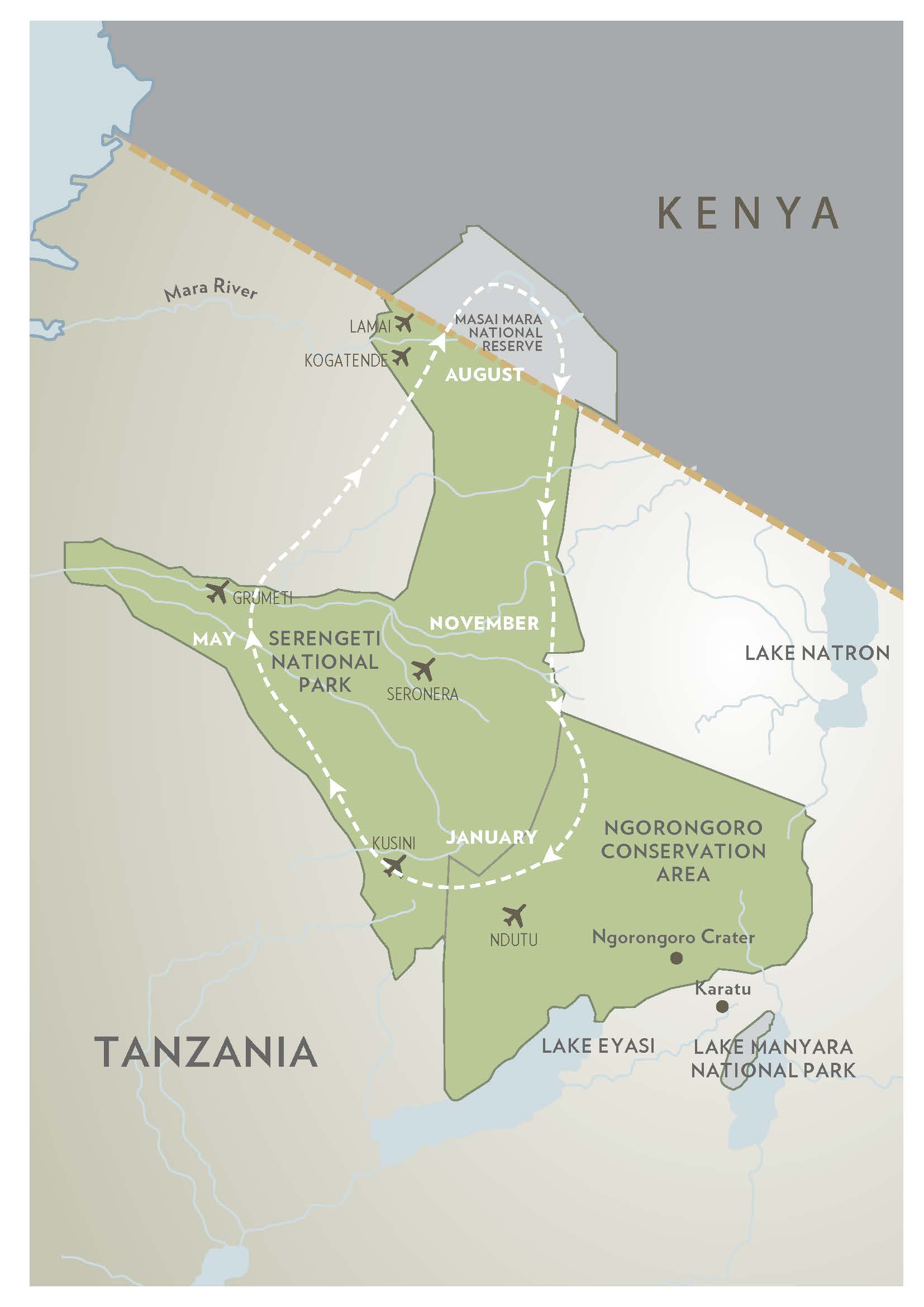
The Smashing Migration in January, Feb and March
Around January each year, the migration will be finishing a s trek, moving along the eastern edge of the Serengeti and into the Ngorongoro Conservation Expanse. Here the plains are rich in nutritious grass, providing the herds with the best conditions for raising their newborn calves.
Although there is no existent beginning or end to this migratory circuit — other than nativity and death — it seems reasonable to telephone call the wildebeests' birthing season the commencement of the migration. Effectually late January or Feb, the herds occupy the short-grass plains that spread over the lower northern slopes of the Ngorongoro Crater highlands and effectually Olduvai Gorge. Some 400,000 calves are born hither within a period of two to 3 weeks, or nearly 8,000 new calves every day.
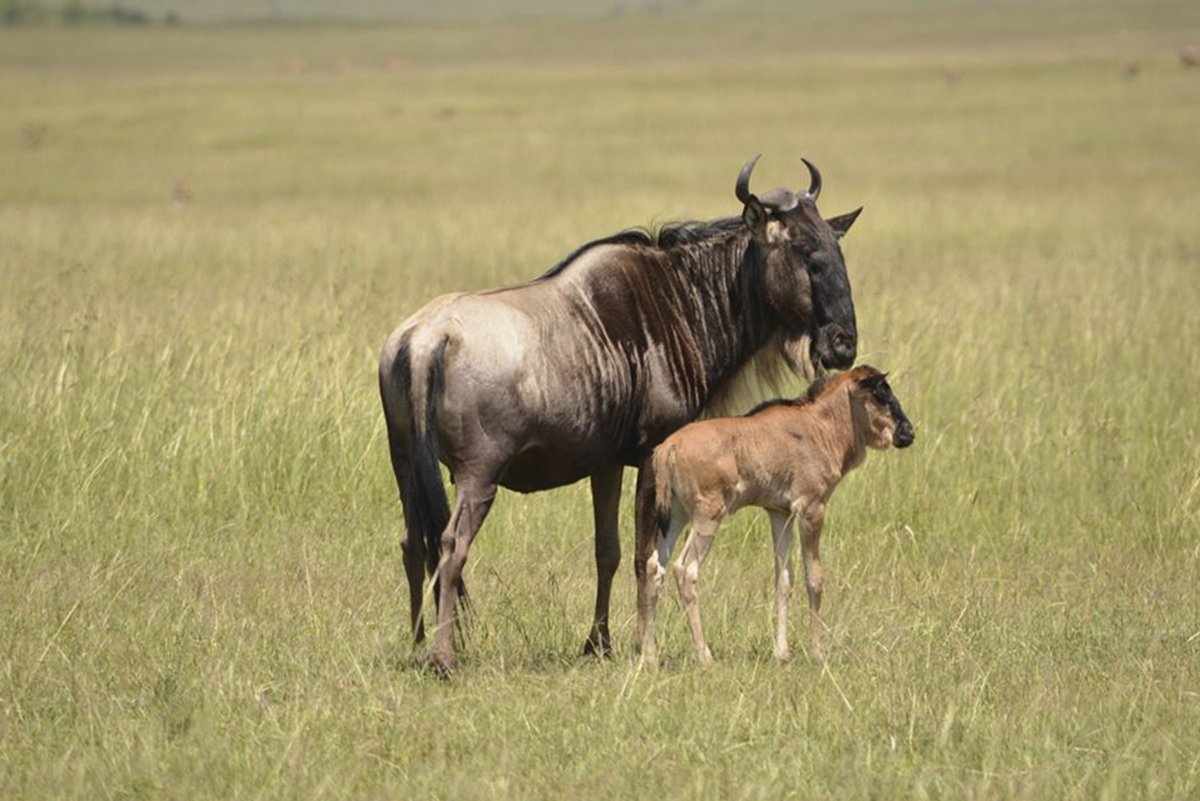
The abundance of vulnerable young calves means the surrounding predators also jump into activity, hunting with ease due to the sheer numbers of wildebeest. Those interested in witnessing calving and the drama of large cats on the chase should look to Asilia's migration camps in the southern Serengeti which provide direct access: Olakira, Kimondo and Ubuntu.
The Not bad Migration in April and May
After bearing their young in February and March, effectually April the wildebeest herds begin to migrate northwest toward the fresher grass of the central Serengeti, drawing with them thousands of zebra and smaller groups of antelope. Past May, columns of wildebeest stretch for several kilometres as the animals get-go to besiege by the Moru Kopjes, close to Dunia Military camp, one of the few camps in the Serengeti that offers migration viewing at this time of year. Mating flavor begins toward the terminate of May and male wildebeest battle caput-to-head. Throughout 'the estrus,' the journey continues at leisure with the wildebeest, zebra and gazelle grazing as they keep.
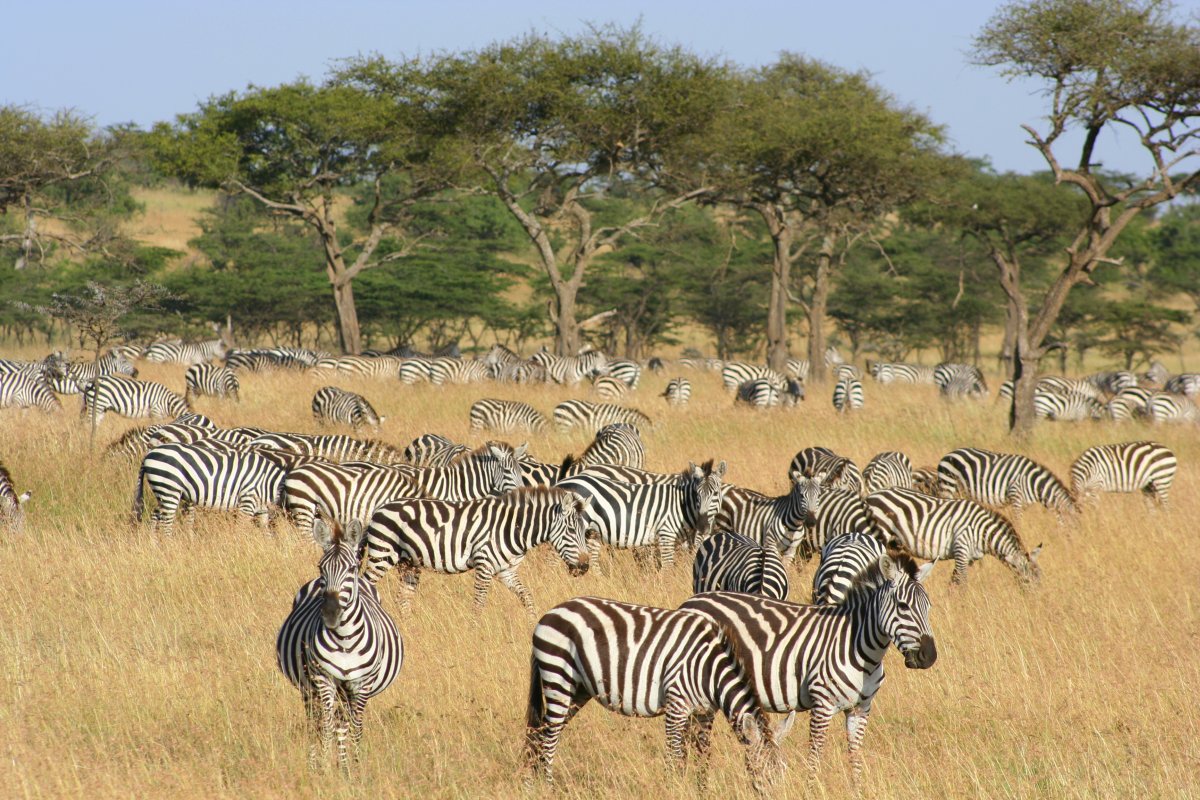
Gradually, the movement gathers momentum and the wildebeest start to mass in the Serengeti's Western Corridor. At this fourth dimension of year, Ubuntu Migration Camp will have relocated to follow the migration and provide access to sentinel the wildebeest cross the Grumeti River. The herds form in huge numbers along the pools and channels of the river, which they take to cross in lodge to keep on their journey. This may not be as spectacular as the famous Mara crossings, just there are still enough wildebeest to provide the Grumeti crocs with a veritable feast. Information technology is worth noting that May is low season at Ubuntu. Safaris at this time offer bang-up value since there are relatively low numbers of tourists in the Serengeti, nonetheless the wild animals viewings remain excellent.
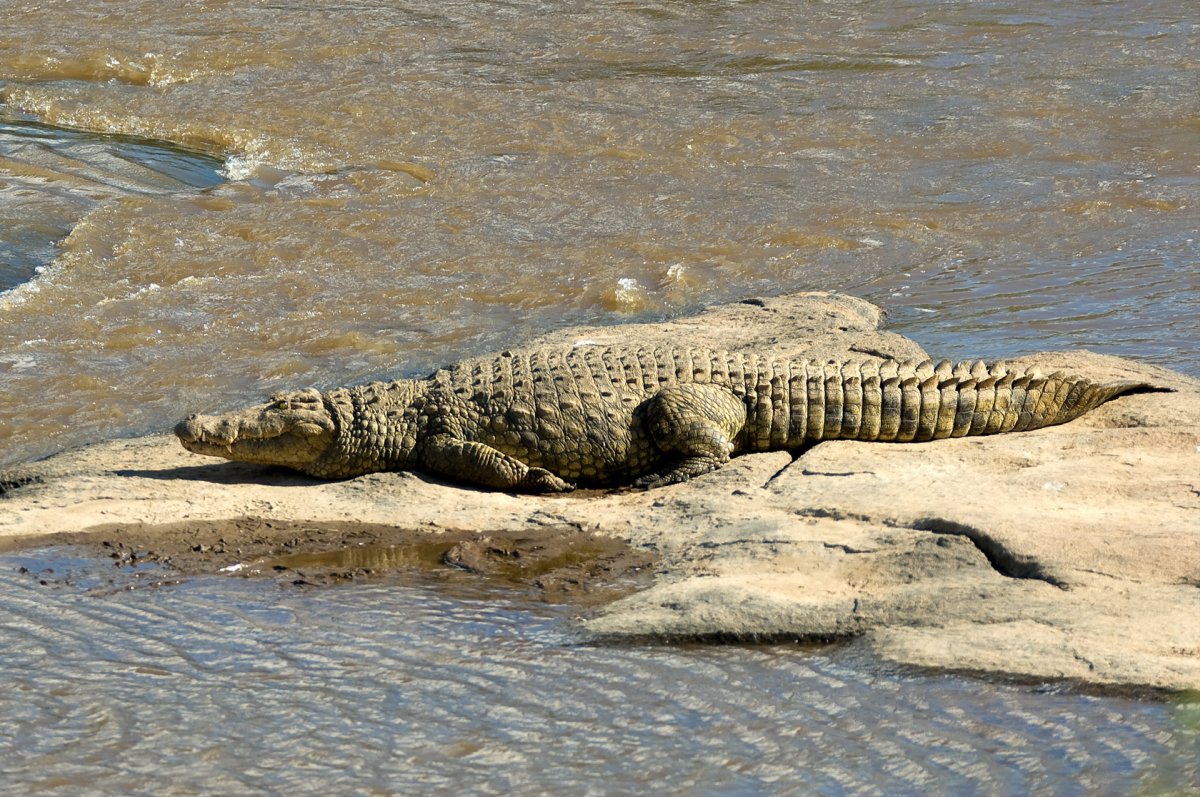
The Nifty Migration in June and July
During June, the dry season starts with large concentrations of wildebeest in the Western Serengeti and on the southern banks of the Grumeti River. Each migrating brute must face the challenge of crossing the crocodile-infested river — the outset of many daunting and tense river encounters.
As June moves into July, the hundreds of thousands of wildebeest and zebra go along to caput north along the western edge of the park toward an even riskier bulwark: the Mara River in the north of the Serengeti. These river crossings are arguably one of the most exciting wild fauna events on Earth. They unremarkably begin at the onset of high season in July, but timing all depends on nature.
The herds will typically exist found in the Northern Serengeti in the month of July, where admission is provided by Asilia'due south mobile migration camps as well every bit Sayari Camp (for those looking to indulge just a little bit more). Subsequently in July, those animals that take successfully fabricated information technology beyond the Mara River will as well be found in the Masai Mara, where guests of Rekero Campsite tin can picket river crossings correct from the main deck of the campsite on their Kenyan safari. At this time, daily river crossings can exist seen at the Mara and Talek rivers, both often cardinal to incredible scenes.
The Swell Migration in August, September and Oct
Past August, the herds have faced the claiming of crossing the Mara River and are spread throughout the Masai Mara's northern region, with many remaining in the northern Serengeti. In years when the river is in full menses, the panic and confusion at the crossings — combined with waiting predators and surging currents — tin cause massive loss of life. Only, even in years of relatively gently flowing water, the crocs have their toll, not to mention the lions and other big predators that patrol the banks, ready to ambush whatever wildebeest that make information technology to the other side. At that place is no single crossing: at some spots, there are just a few individuals, while others encounter a mass of animals moving without break for hours.
By September to October, the main chaos has concluded and the migrating columns have gradually moved eastward. Even so, they wildebeest will confront the heavy waters of the Mara River once more as they set up to cross once more for their render journey southward.
The Great Migration in November and Dec
After the Eastward African short rains in late October and early November, the wildebeest move downwardly from Kenya and into the eastern limits of the Serengeti past Namiri Plains, an area known for outstanding cheetah sightings. Past December, they are spread throughout the eastern and southern reaches.
In the early months of the new year, the grasses in the deep south of the Serengeti are lush with pelting. This draws the herds of wildebeest and hundreds of thousands of zebra and other plains animals. The cycle continues every bit the calving flavour starts one time over again.
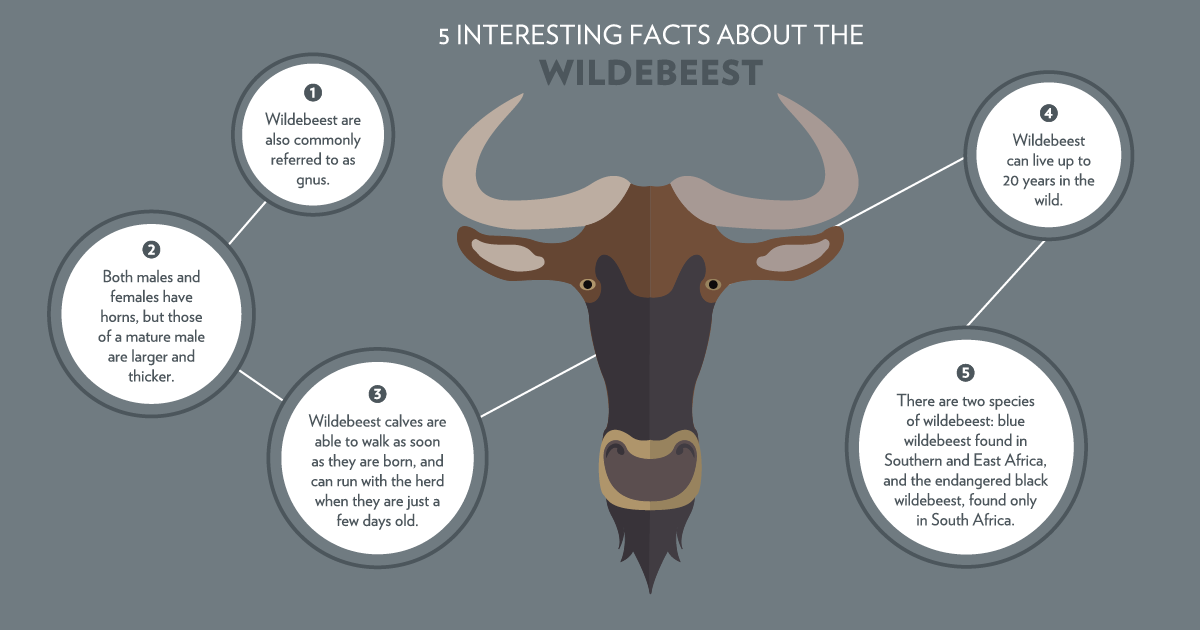
Source: https://www.asiliaafrica.com/great-wildebeest-migration/
Posted by: clarkeblamot.blogspot.com

0 Response to "Was It Dangerous To Herd Your Animals Across The Nile River?"
Post a Comment